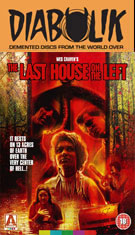
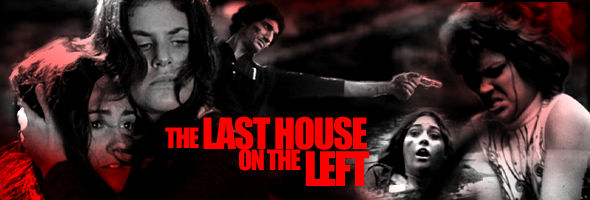


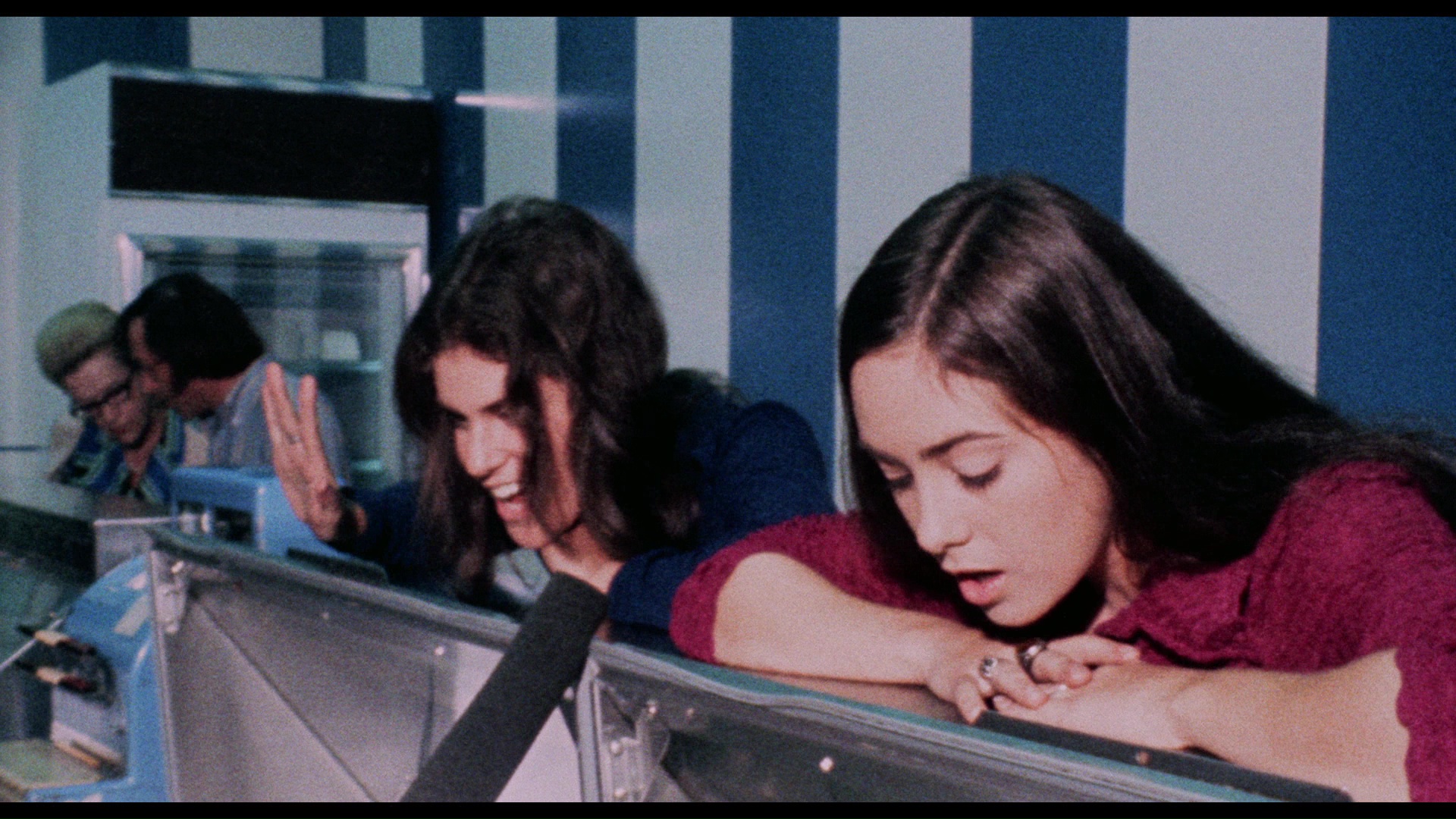 with The Exorcist as the
with The Exorcist as the 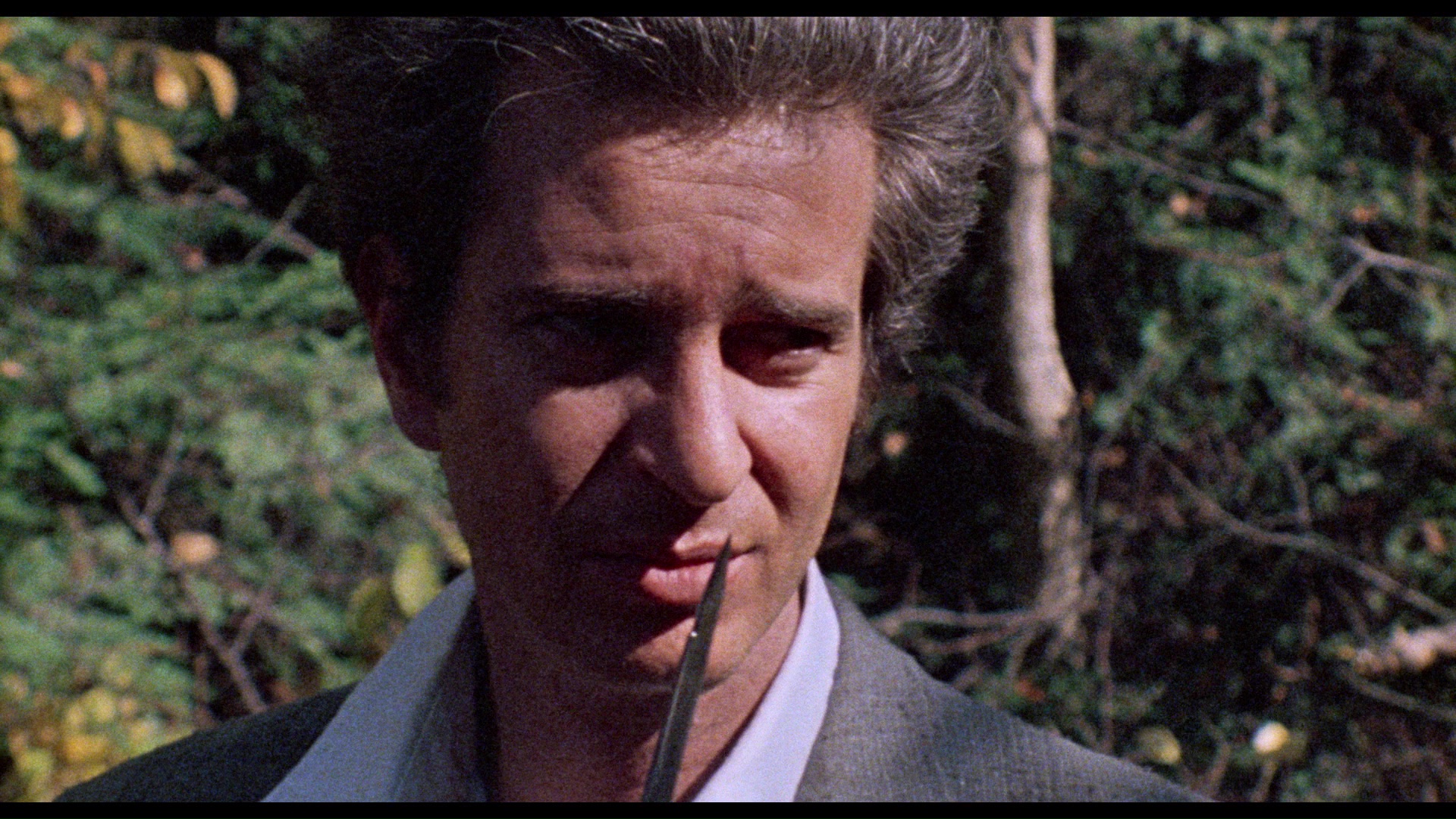 definitive post-Manson generation gap horror film, The Last House on the Left is most notable in horror circles for kicking off the careers of Wes Craven (the only director who, love him or hate him, has managed to redefine the entire genre at least once a decade) and Sean Cunningham, who nearly sank the boat entirely with the Friday the 13th franchise. Seen today, Last House is a thoroughly non-PC film and may seem like a broadcast from another planet to those who think of peace slogans and bra burnings as distant relics of pop culture. For those a little more tuned in to the tumultuous passage of the past forty years, however, this film will mean so much more.
definitive post-Manson generation gap horror film, The Last House on the Left is most notable in horror circles for kicking off the careers of Wes Craven (the only director who, love him or hate him, has managed to redefine the entire genre at least once a decade) and Sean Cunningham, who nearly sank the boat entirely with the Friday the 13th franchise. Seen today, Last House is a thoroughly non-PC film and may seem like a broadcast from another planet to those who think of peace slogans and bra burnings as distant relics of pop culture. For those a little more tuned in to the tumultuous passage of the past forty years, however, this film will mean so much more.
On her sixteenth birthday, pretty suburbanite Mari Collingwood (Cassel) and her more jaded pal, Phyllis (Grantham), plan a trip to the big city to see a notorious blood and gore rock act. Along the way they try to score some grass from the dimwitted Junior (Sheffler) and wind up captured by his psychopathic father, Krug (Hess), the ruthless leader of a small criminal gang which also includes the more low-key Weasel (seasoned adult film actor and future director Lincoln) and politically inept feminist Sadie (Rain). The two girls are taken out to the woods, where much sadistic mayhem ensues. Posing as refined salesmen, the four criminals take refuge in a nearby house that, 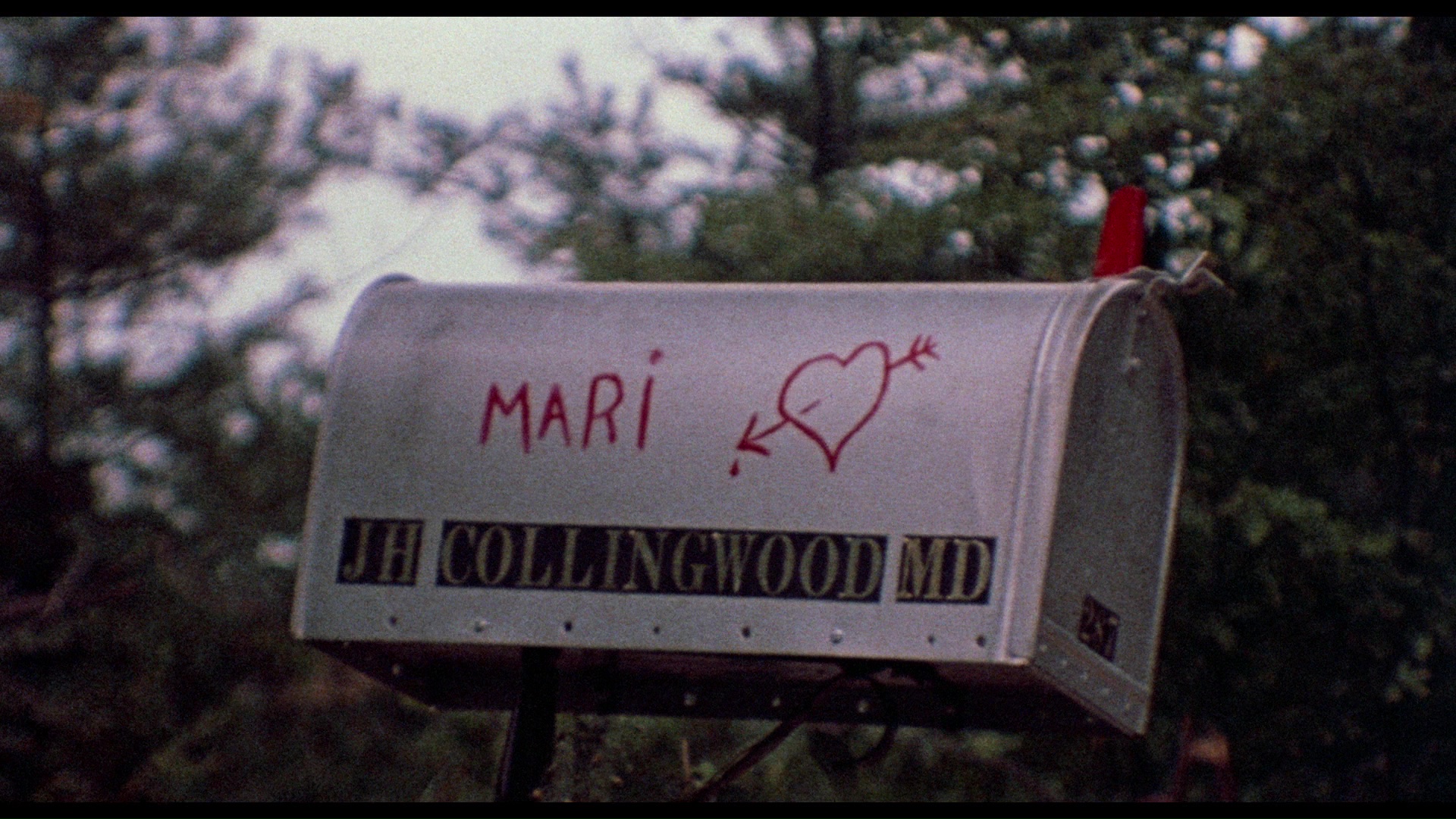 unfortunately for them, belongs to Mari's parents...
unfortunately for them, belongs to Mari's parents...
The infamous tag line "The avoid fainting, keep repeating, It's only a movie... only a movie..." got its start here and at least applies to the notorious midsection of the film, which takes the conventions of the already established roughie grindhouse film (see The Defilers) and pushes it into horrific overdrive. Thankfully the pop-heavy, intentionally disorienting Hess music (eerie opening theme excepted) and the irritating comic relief of two bumbling cops (including future Cagney and Lacey star Martin Kove, who was also doing Paul 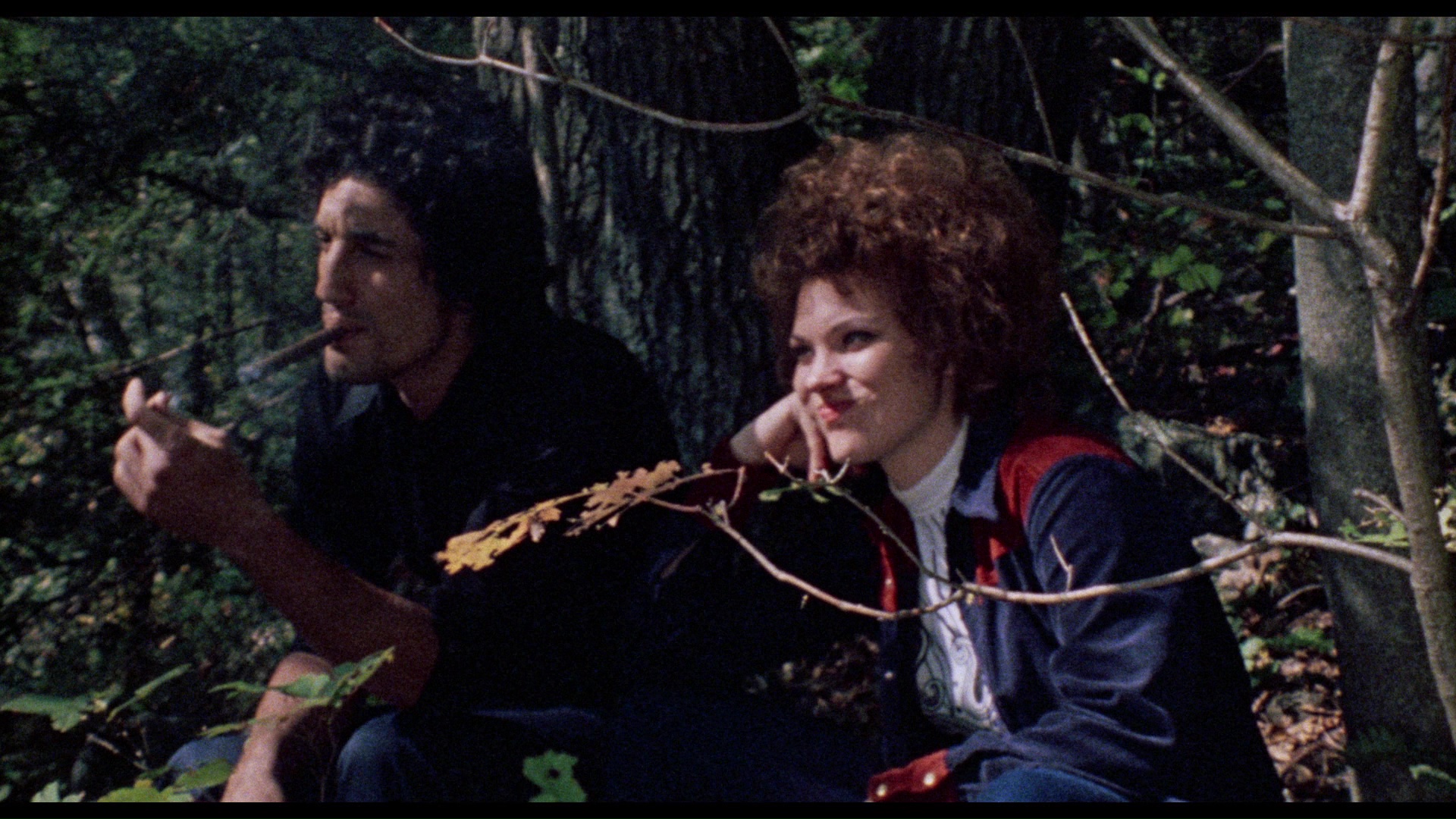 Morrissey stints at the time) make it awfully easy to keep reminding yourself that it's simply fiction. The oft-noted device of borrowing from Ingmar Bergman's The Virgin Spring explains the film's basic plot structure, but exploitation films of the time are a much heavier influence. Craven and Cunningham's backgrounds in adult filmmaking, coupled with their shrewd intellectual awareness, made them ideal candidates to demolish the line between "safe" revenge fantasies and dangerous "you are there" documentary-style atrocities; indeed, the formula remains so effective that the upscale art film In the Bedroom, made thirty years later, is a barely redressed packaging of the same story and approach. In between the revenge genre has gone through numerous permutations including I Spit on Your Grave and Ms. 45, though the hollow and wrenching feeling evoked by the end of Craven's film has never really been duplicated. It's a highly unpleasant rollercoaster ride which pulverizes the viewer; apart from one expertly timed shock in the woods, the scares come more from the escalating
Morrissey stints at the time) make it awfully easy to keep reminding yourself that it's simply fiction. The oft-noted device of borrowing from Ingmar Bergman's The Virgin Spring explains the film's basic plot structure, but exploitation films of the time are a much heavier influence. Craven and Cunningham's backgrounds in adult filmmaking, coupled with their shrewd intellectual awareness, made them ideal candidates to demolish the line between "safe" revenge fantasies and dangerous "you are there" documentary-style atrocities; indeed, the formula remains so effective that the upscale art film In the Bedroom, made thirty years later, is a barely redressed packaging of the same story and approach. In between the revenge genre has gone through numerous permutations including I Spit on Your Grave and Ms. 45, though the hollow and wrenching feeling evoked by the end of Craven's film has never really been duplicated. It's a highly unpleasant rollercoaster ride which pulverizes the viewer; apart from one expertly timed shock in the woods, the scares come more from the escalating 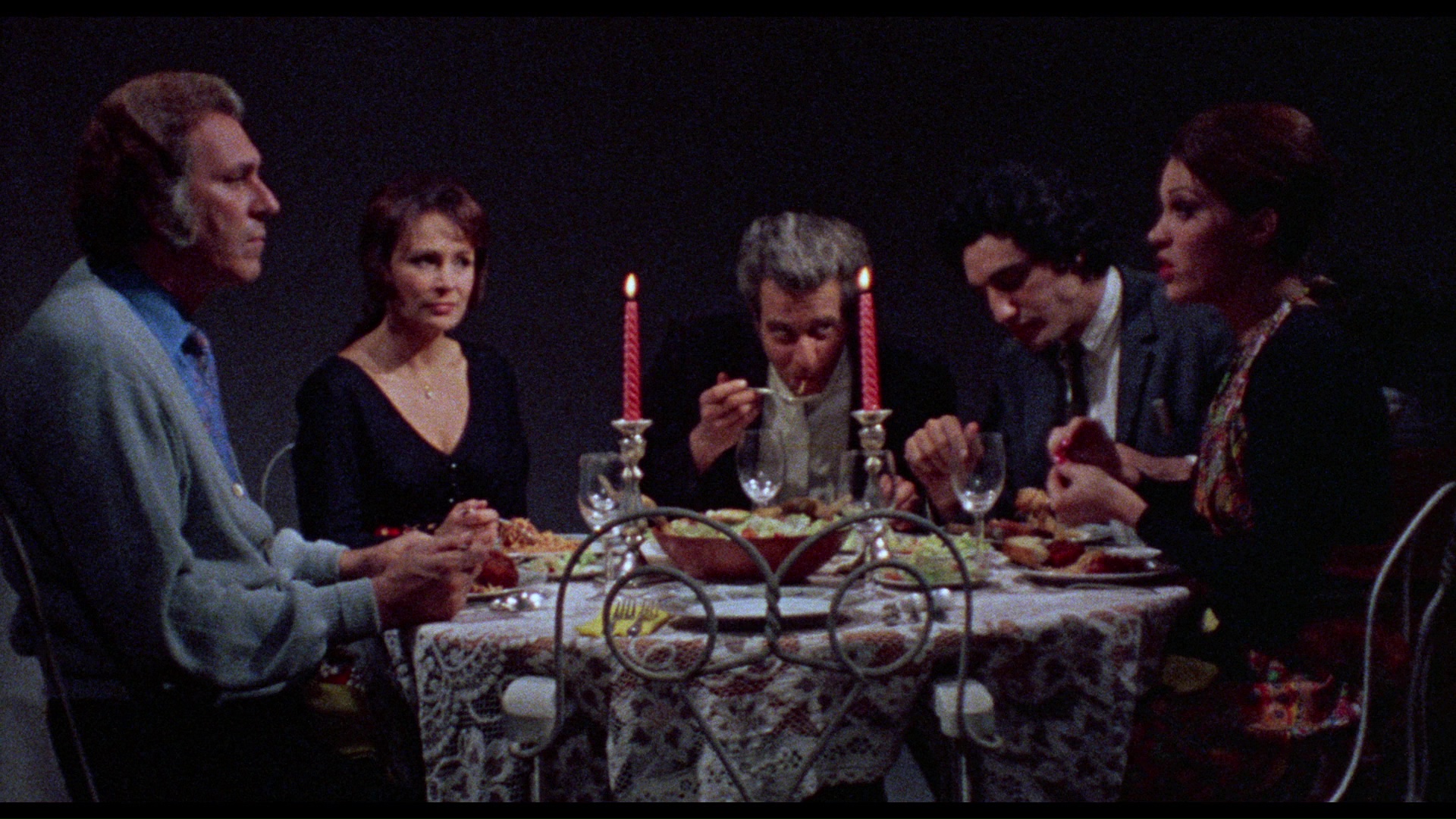 panic and believability of the characters than any tried-and-true horror filmmaking tactics.
panic and believability of the characters than any tried-and-true horror filmmaking tactics.
The various cuts of this film have become legend over the years, ranging from the standard R-rated version (the standard one on VHS from MGM and Vestron) to the "complete" (as far as we know) unrated print originally sourced from Canadian video which made the bootleg rounds for years. The American and French DVDs contain the same extended cut (but with closing credit cards missing from the Canadian transfer), with the entrail-pulling and neck-carving bits which propel the film into the upper ranks of the mainstream cinema of cruelty. Many of the film's notorious outtakes are also included, with some lingering gut-pulling and additional (silent) dialogue scenes; only some simulated, 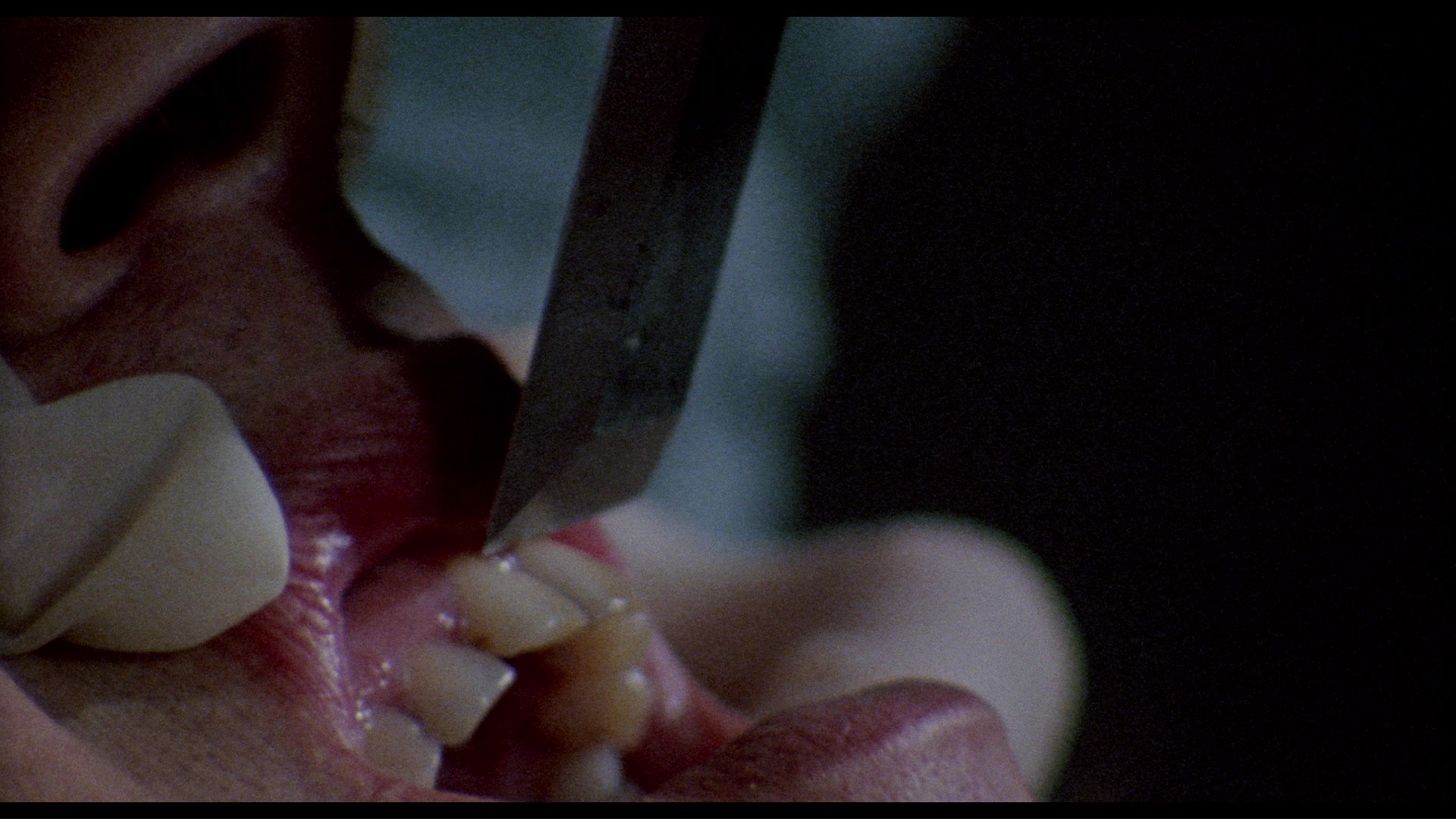 medium-shot, forced lesbian action in the woods was left off the disc entirely at the time. The transfer of the film itself is remarkably colorful for a film known for its cruddy visual appearance; shot hard-matted at 1.85:1 in 16mm, the film never looked great in theaters and appears similarly scratchy here, with several permanent in-camera flaws still on display. Medium and long shots are usually on the soft side, consistent with the original film format, but the film has never looked this good on home video, comparatively speaking. (Avoid the badly blown-up full frame version, which is an atrocity.)
medium-shot, forced lesbian action in the woods was left off the disc entirely at the time. The transfer of the film itself is remarkably colorful for a film known for its cruddy visual appearance; shot hard-matted at 1.85:1 in 16mm, the film never looked great in theaters and appears similarly scratchy here, with several permanent in-camera flaws still on display. Medium and long shots are usually on the soft side, consistent with the original film format, but the film has never looked this good on home video, comparatively speaking. (Avoid the badly blown-up full frame version, which is an atrocity.)
 cutting room floors.
cutting room floors.  mysterious alternate cut, Krug and Company, which is trimmed for content but features some alternate and extended footage, most notably the lakeside discovery scene. Best of all is a terrific “Celluloid Crime of the Century” (39m34s) documentary, which is much more volatile and candid than the MGM doco. Covering the film’s porn origins more blatantly and including some disparaging comments from Lincoln, this is fascinating viewing and benefits greatly from the added presence of Rain, who looks stunning and offers some very welcome perspective on the film.
mysterious alternate cut, Krug and Company, which is trimmed for content but features some alternate and extended footage, most notably the lakeside discovery scene. Best of all is a terrific “Celluloid Crime of the Century” (39m34s) documentary, which is much more volatile and candid than the MGM doco. Covering the film’s porn origins more blatantly and including some disparaging comments from Lincoln, this is fascinating viewing and benefits greatly from the added presence of Rain, who looks stunning and offers some very welcome perspective on the film.
If that’s not complicated enough, Metrodome inherited the UK video rights in 2008 and finally managed to slip it by completely uncut. Their three-disc version slaps together all of the pre-existing UK extras along with the additional recovered lesbian deleted footage, an amusing 21-minute interview with Blue Underground’s Carl Daft about the censorship controversy, and an entire disc devoted to Going to Pieces: The Rise and Fall of the Slasher Film, available as a separate release in America. Then MGM chimed in again later that same year with a reissue timed to coincide with the theatrical release of the surprisingly good remake, once again misrepresenting the film with baffling cover art straight out of an Italian giallo. The cast commentary, scoring featurette, “Celluloid Crime of the Century,” extended lesbian footage, and surviving Tales That’ll Tear Your Heart Out scenes are carried over 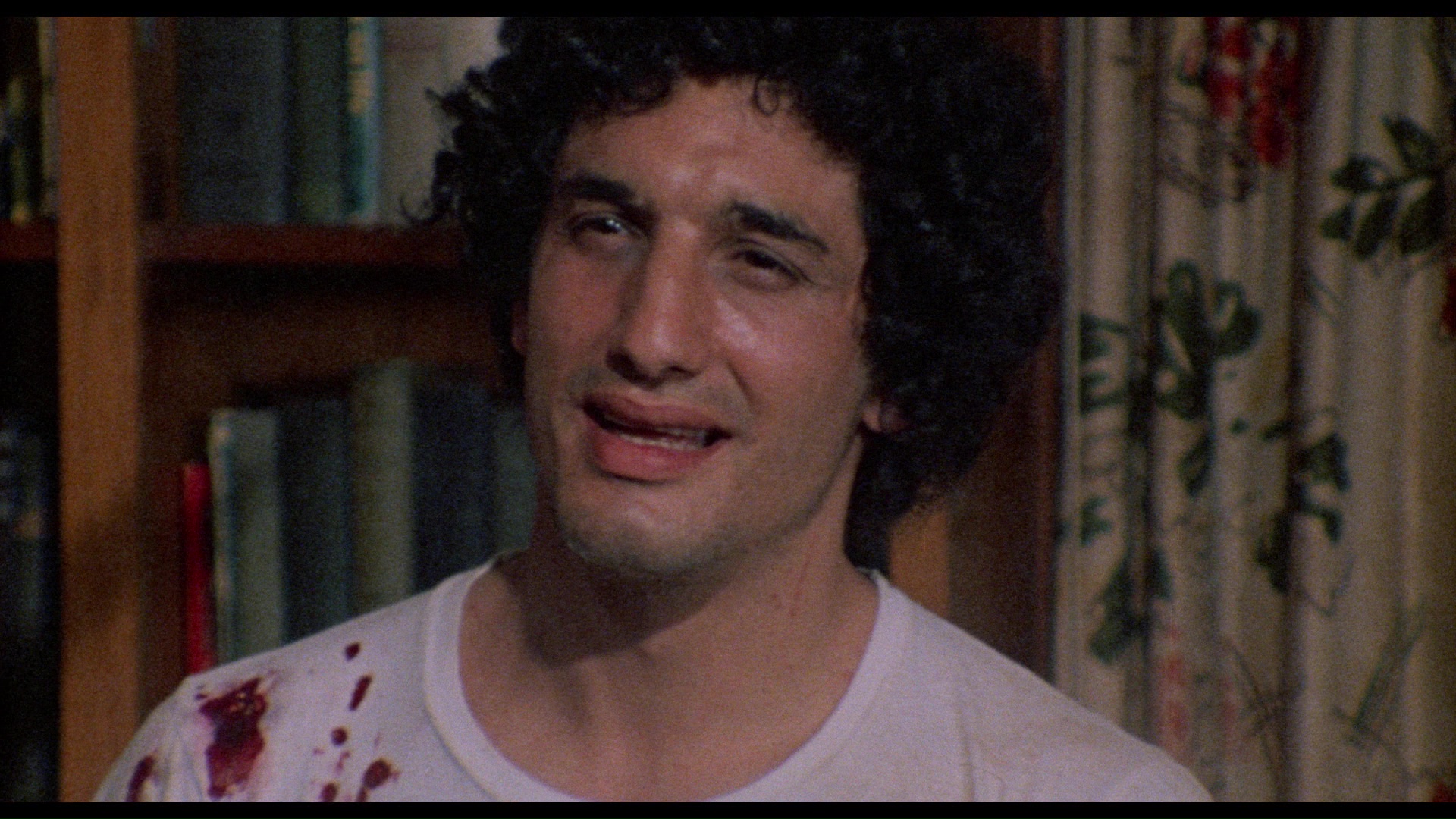 from the UK release along with a new Craven interview (“Still Standing” (14m54s) but the director/producer commentary, alternate cut, and older featurettes are missing.
from the UK release along with a new Craven interview (“Still Standing” (14m54s) but the director/producer commentary, alternate cut, and older featurettes are missing.
Of course, it was only a matter of time before this film hit Blu-ray -- and MGM delivered it in 2011, using that same bizarre giallo art. This release essentially compiling together the best material from all three past special editions, porting over both the Craven and cast commentaries, "Still Standing," "Celluloid Crime of the Century," scoring featurette, the 11-minute "Tales That'll Tear Your Heart Out" segment, the alternate lake scene, the separate outtakes/dailies and "never before seen" footage segments (which have been pretty well seen by this point, running 5m36s and 14m1s), a "Forbidden Footage" featurette (8m12s) with Craven and company talking about some of the more extreme deleted bits, and the trailer.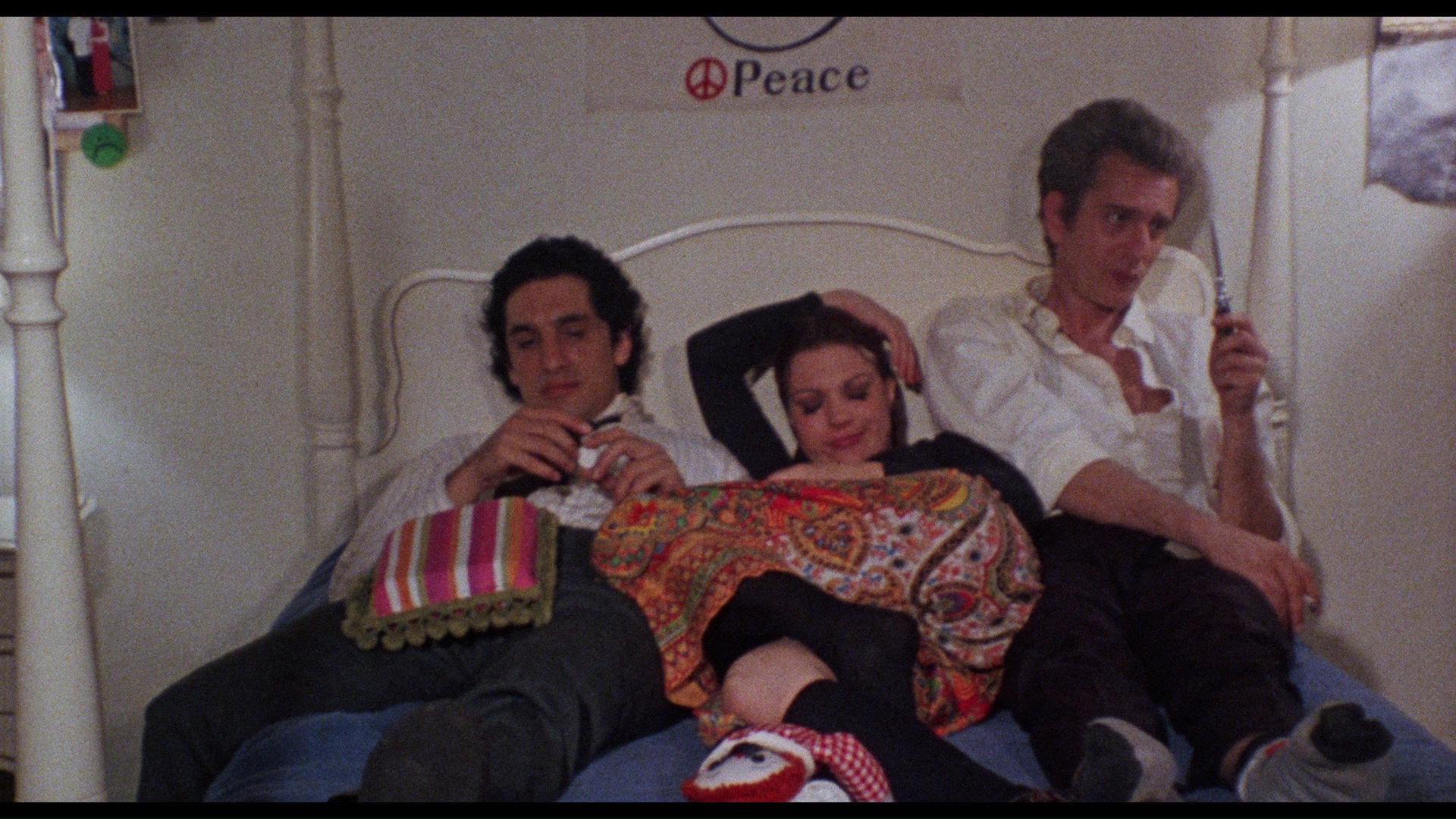
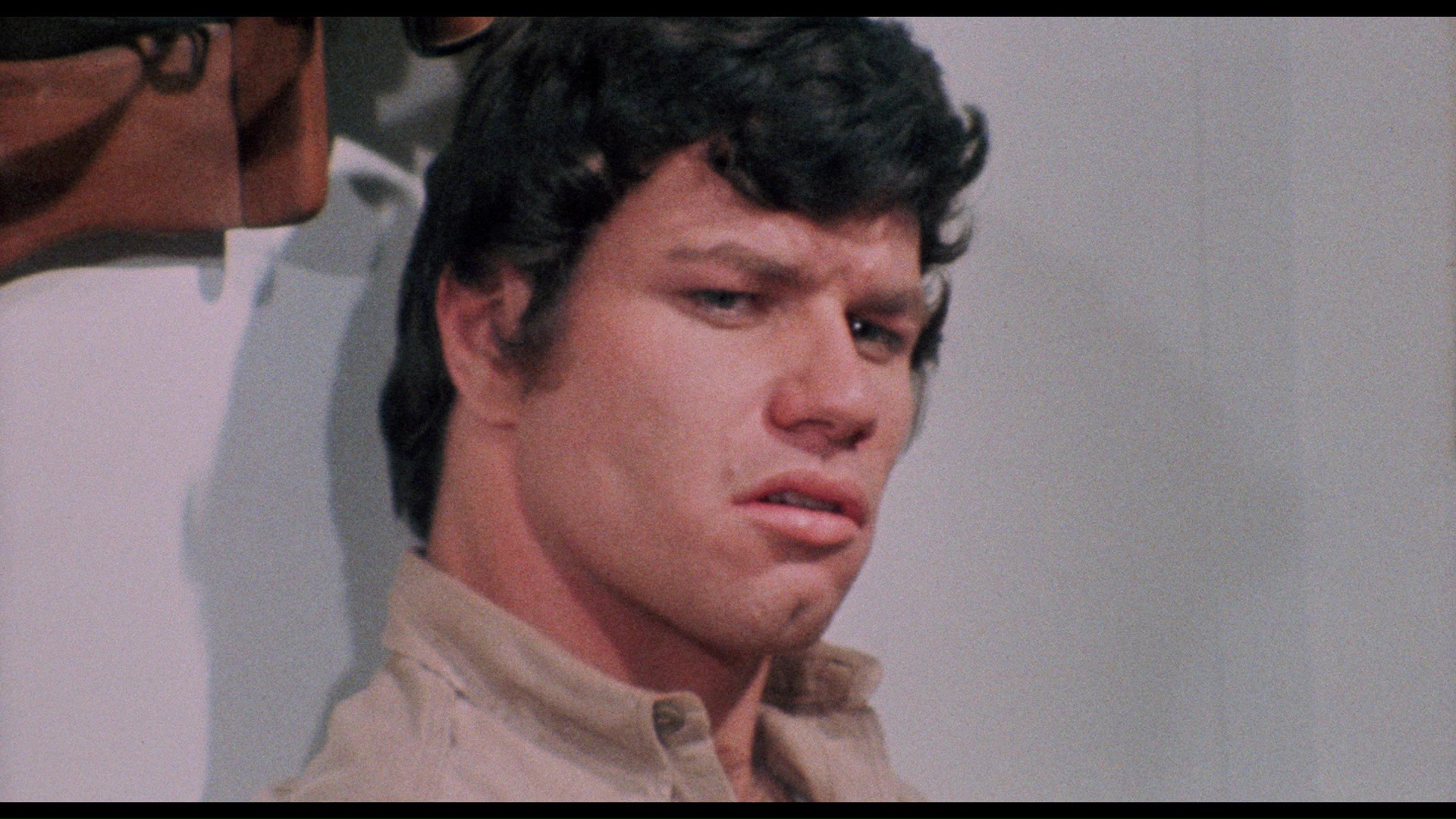 there's a real monster of a new one courtesy of Bill Ackerman and Amanda Reyes. Anyone who knows them from their podcast work on Supporting Characters and Made for TV Mayhem (or Reyes' stellar commentary on The Spell) is familiar with their expertise on films of the era, and they really deliver here with a fast-paced, very well-informed track that skillfully juggles historical background, period insight, and critical analysis on everything from the soundtrack (the bit on "Now You're All Alone" is a keeper) to the Vietnam connections to the eerie ties to other films of the time like Wrong Way. Disc one also houses the prior featurettes -- "Celluloid Crime of the Century," "Still Standing," "Scoring...," "It's Only a Movie," and "Forbidden Footage," plus the alternate lake scene, two trailers, a TV spot (the reissue combo one with Don't Open the Window), radio spots (5m45s) including a wacko pairing with The Amityville Horror (scored with everything from Psycho to The Day the Earth Stood Still!), and separate image galleries for stills and promotional material. However, you also get three new featurettes on disc one, kicking off with "Junior's Story" (14m24s) featuring Sheffler (what a beard!) going into more detail about how he was cast in the film, Lincoln's status as the "shadow director" of the film, his very first
there's a real monster of a new one courtesy of Bill Ackerman and Amanda Reyes. Anyone who knows them from their podcast work on Supporting Characters and Made for TV Mayhem (or Reyes' stellar commentary on The Spell) is familiar with their expertise on films of the era, and they really deliver here with a fast-paced, very well-informed track that skillfully juggles historical background, period insight, and critical analysis on everything from the soundtrack (the bit on "Now You're All Alone" is a keeper) to the Vietnam connections to the eerie ties to other films of the time like Wrong Way. Disc one also houses the prior featurettes -- "Celluloid Crime of the Century," "Still Standing," "Scoring...," "It's Only a Movie," and "Forbidden Footage," plus the alternate lake scene, two trailers, a TV spot (the reissue combo one with Don't Open the Window), radio spots (5m45s) including a wacko pairing with The Amityville Horror (scored with everything from Psycho to The Day the Earth Stood Still!), and separate image galleries for stills and promotional material. However, you also get three new featurettes on disc one, kicking off with "Junior's Story" (14m24s) featuring Sheffler (what a beard!) going into more detail about how he was cast in the film, Lincoln's status as the "shadow director" of the film, his very first 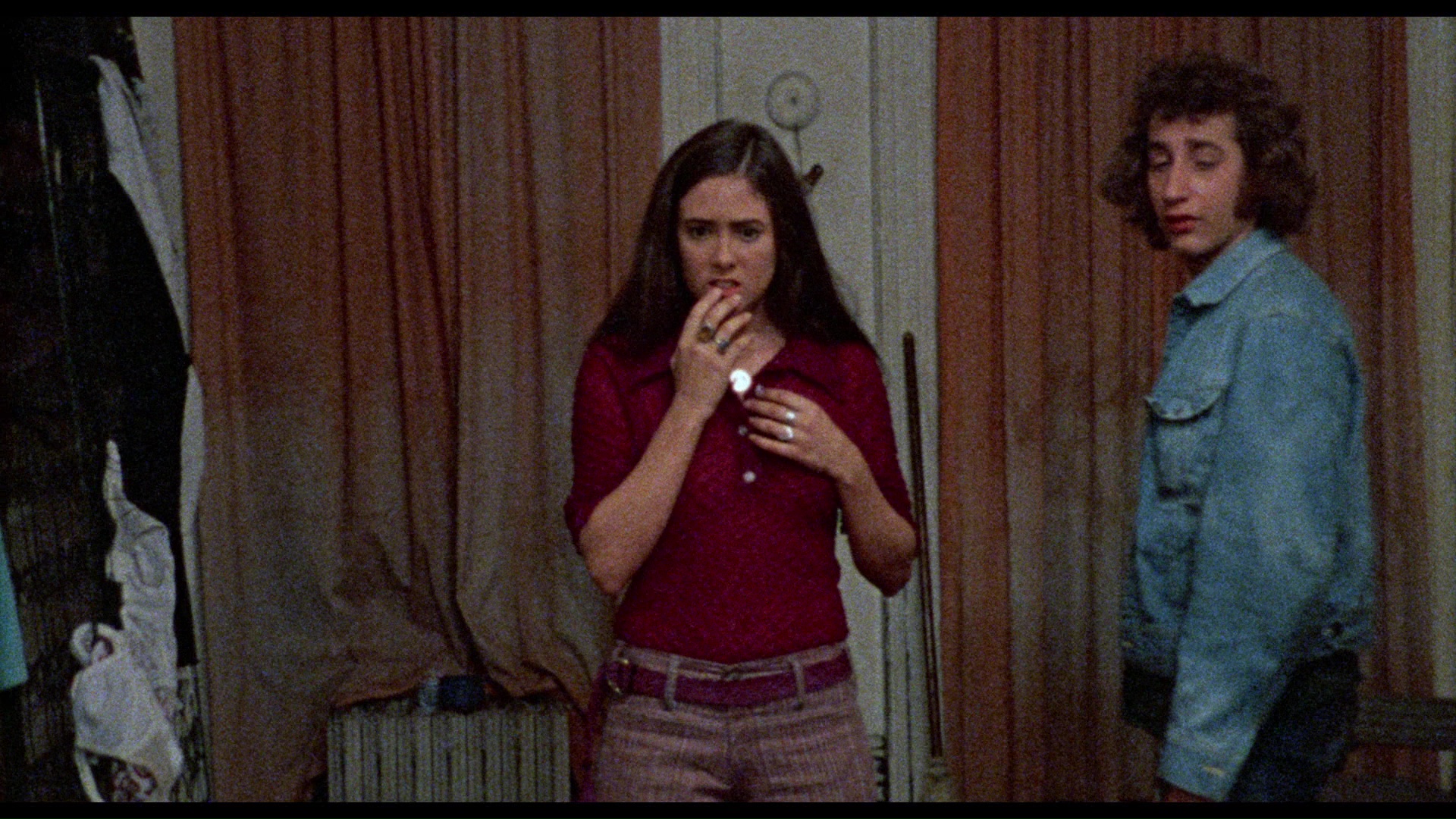 (and very obscure) screen role before this, and Cassell's legendary, very real terror of Hess when the cameras weren't rolling and her temporary flight from the set. He also chats warmly about being roommates with Hess for a while, too, complete with a pet ocelot! In "Blood and Guts" (13m52s), makeup artist Anne Paul shares some very colorful stories about the cast's regular makeup (including Sadie's magical moving beauty mark) and the creation of the convincing gore effects via props like condoms, mud, and coconuts. In "The Road Leads to Terror: The Locations of Last House" (5m48s), horror journalist Michael Gingold presents a look at both the NYC and upstate locations seen in the film, some of which look pretty much the same today. One big surprise here is the combined "Outtakes and Dailies" section, which now runs a whopping 47m38s; that's well over double the length of the previous, separate dailies and
(and very obscure) screen role before this, and Cassell's legendary, very real terror of Hess when the cameras weren't rolling and her temporary flight from the set. He also chats warmly about being roommates with Hess for a while, too, complete with a pet ocelot! In "Blood and Guts" (13m52s), makeup artist Anne Paul shares some very colorful stories about the cast's regular makeup (including Sadie's magical moving beauty mark) and the creation of the convincing gore effects via props like condoms, mud, and coconuts. In "The Road Leads to Terror: The Locations of Last House" (5m48s), horror journalist Michael Gingold presents a look at both the NYC and upstate locations seen in the film, some of which look pretty much the same today. One big surprise here is the combined "Outtakes and Dailies" section, which now runs a whopping 47m38s; that's well over double the length of the previous, separate dailies and 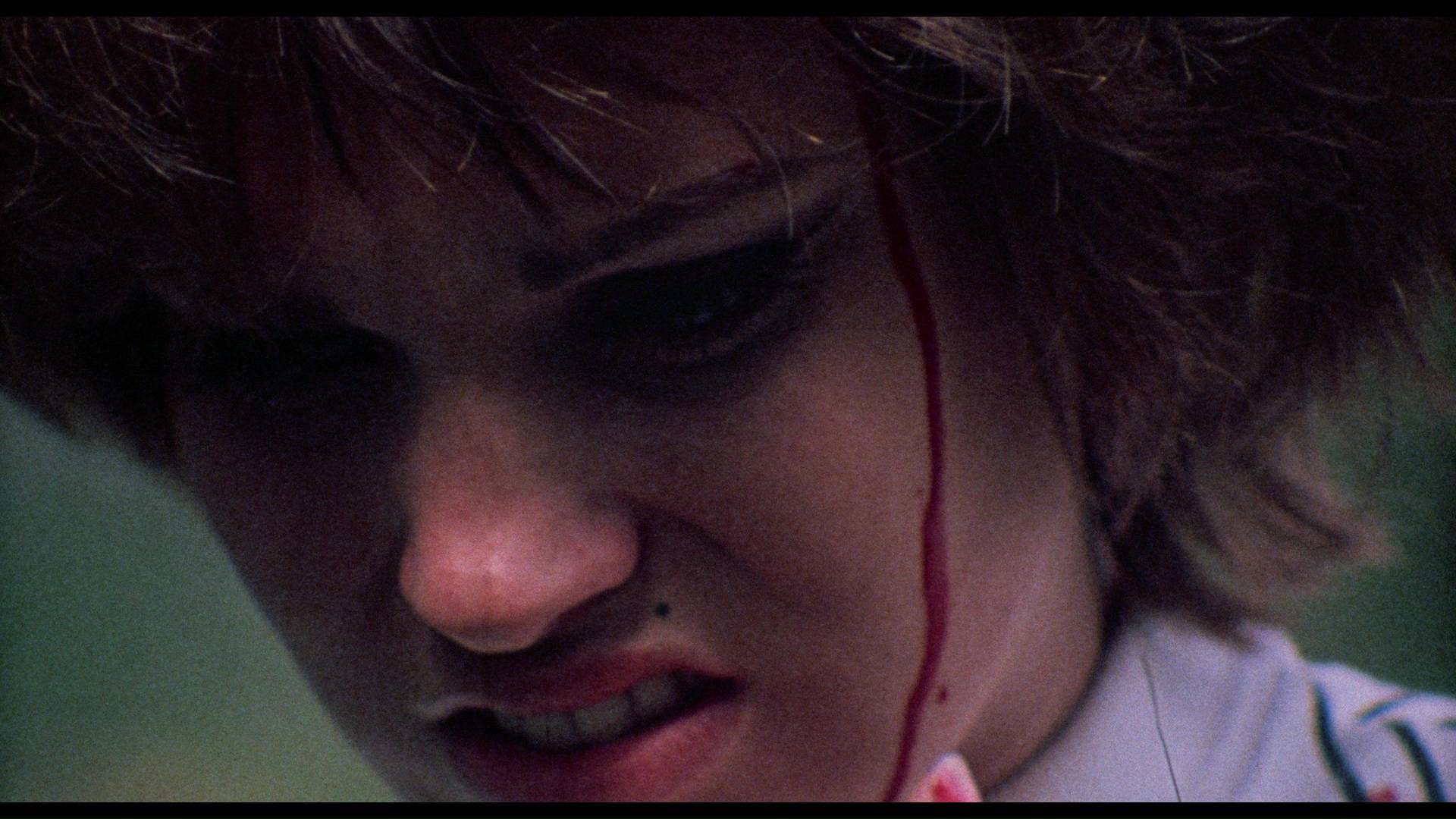 deleted footage extras, with a ton of additional material involving the harrowing sequences in the woods as well as more of the opening scene.
deleted footage extras, with a ton of additional material involving the harrowing sequences in the woods as well as more of the opening scene. ![]()